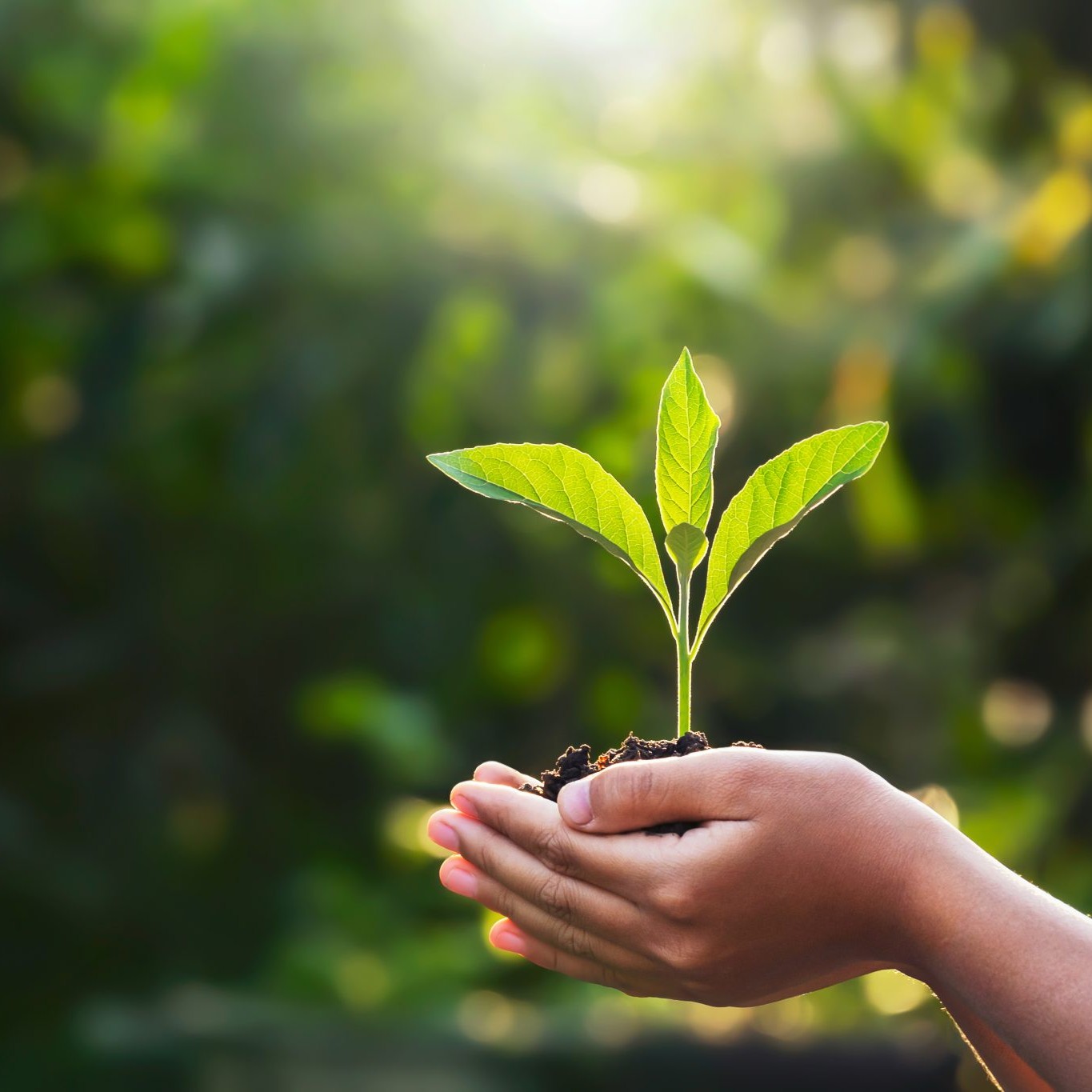A recent study suggests that severe seasonal changes may lead to higher levels of outdoor airborne allergens and increased allergy susceptibility.
Most common outdoor allergens, like tree pollen, grass pollen and mold, increase in production when temperatures and humidity are high. Ragweed levels in particular also go up with higher concentrations of atmospheric CO2 — the “greenhouse gas” causing all the trouble with global climate change.
Higher temperatures have already resulted in earlier pollen seasons in different parts of the world: remember the El Nino of 1997-1998, with its relentless rain, worldwide death toll and massive property damage? The year after this infamous weather event, the mold high point occurred earlier than normal due to the previous season’s wet and warm conditions.
So as the consequences of climate change — higher temperatures, humidity and CO2 levels — extend the pollen season, more babies may grow up with things like eczema, runny noses, watery eyes or worse: asthma. High pollen and mold counts lead to worsening of symptoms for asthma sufferers, and studies have shown more asthma-related emergency room visits and hospitalizations during these peak times.
Read the entire article at www.huffpost.com.
You may also be interested in . . .
Earth Day and Climate Change Effects
Earth Day is this Friday, April 22nd. Earth Day is truly a mainstay in American culture, created by Past-President Richard Nixon. This year the Earth Day…
From ‘Potent’ Pollen to Double Whammy Allergy Seasons: How Climate Change Could Affect Seasonal Allergies
Climate changes and rising carbon dioxide levels don't just affect the environment. Experts say they also affect your nose. Warmer temperatures and higher…
Global warming brings on more pollen
With global warming, temperature extremes are becoming a norm -- and that's bad news for allergy sufferers. In a single century, our planet went from one…

